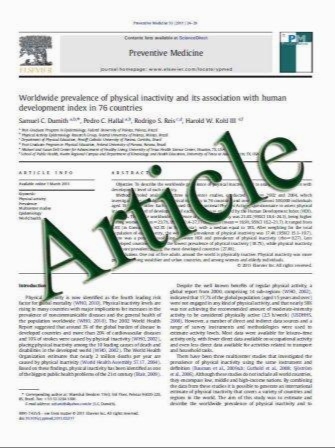Denosumab in Breast Cancer
- نوع فایل : کتاب
- زبان : انگلیسی
- مؤلف : Allan Lipton
- چاپ و سال / کشور: 2010
Description
Bone destruction is mediated by osteoclasts, whose formation, function, and survival requires the receptor activator of NF-kB ligand (RANKL). Denosumab is a fully human monoclonal antibody to RANKL, thereby inhibiting osteoclast-mediated bone destruction, and blocks the vicious cycle of cancer-mediated bone disease. In breast cancer patients with bone metastases, denosumab was superior to zoledronic acid in delaying time to first onstudy skeletal-related event (SRE; HR=0.82; P=0.01 superiority) and time to first and subsequent on-study SREs (HR=0.77; P=0.001). Overall survival, disease progression, and serious adverse events were similar between groups. Keywords Denosumab . Breast cancer Introduction Skeletal metastases are common in patients with solid tumors, affecting approximately 75% of patients with advanced breast cancer. Morbidity caused by skeletal complications includes pain, hypercalcemia, pathologic fracture, radiation or surgery to bone, and compression of the spinal cord. The median survival after the diagnosis of bone metastases from breast cancer is 2 to 3 years [1, 2]. Normal Bone Biology The two main functions of the skeleton are calcium homeostasis and mechanical support. Two other important functions are to protect the central nervous system and spinal cord and to contain the bone marrow. Bone continuously undergoes a remodeling process that is orchestrated by two types of cells: the monocyte/ macrophage-derived osteoclast, which resorbs bone, and the mesenchymal-derived osteoblast, which forms bone [3]. The activity of both cell types is regulated by systemic hormones and local factors made in the bone microenvironment [4]. Osteoclast production is locally regulated by macrophage colony-stimulating factor and receptor activator of nuclear factor-B ligand (RANKL) that are secreted by bone marrow stromal cells and osteoblasts [5–7]. Systemic factors such as parathyroid hormone (PTH), 1,25-dihydoxyvitamin D, and prostaglandins stimulate osteoclast formation primarily by inducing the expression of RANKL in stromal cells and osteoblasts. RANKL regulates osteoclast differentiation and activation. Binding of RANKL to RANK on osteoclast precursor cells stimulates their differentiation into mature osteoclasts [8, 9]. The drive toward bone resorption stimulated by RANKL binding to the RANK receptor is balanced by the expression of the decoy receptor osteoprotegerin (OPG), a secreted glycoprotein [7, 10–12].
Curr Oncol Rep (2011) 13:1–4 DOI 10.1007/s11912-010-0135-y Published online: 5 November 2010


